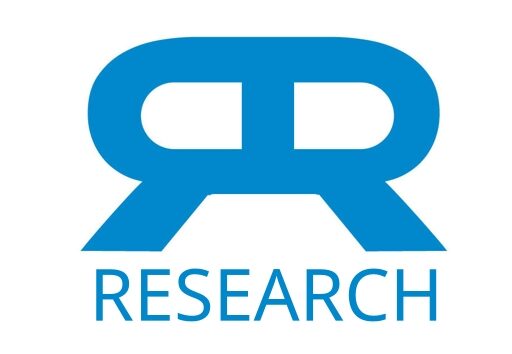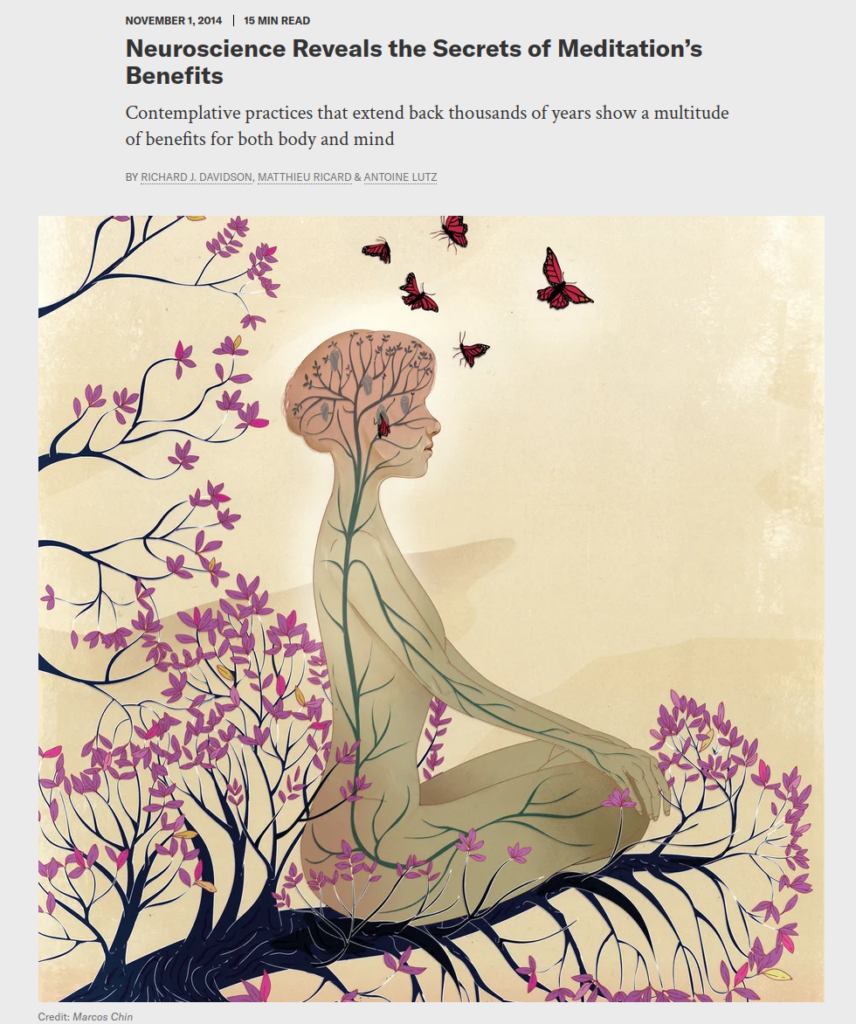Publication
Scientific American
Vol. 211 No. 5
Abstract
A very readable introduction to the scientific findings in neurology about primarily Buddhist forms of meditation.
Web and Email Links
Related Listings
Journal
Behavioral Medicine
The authors assessed data from 1,148 outpatients in a 10-week medical symptom reduction program to determine the effectiveness of a behavioral medicine intervention among somatizing patients. The program included instruction in the relaxation response, cognitive restructuring, nutrition, and exercise. Before and after the intervention, the patients were evaluated on the Symptom Checklist-90 Revised (SCL-90R), the Medical Symptom Checklist, and the Stress Perception Scale. They were di […]
Journal
NeuroReport
Previous research indicates that long-term meditation practice is associated with altered resting electroencephalogram patterns, suggestive of long lasting changes in brain activity. We hypothesized that meditation practice might also be associated with changes in the brain's physical structure. Magnetic resonance imaging was used to assess cortical thickness in 20 participants with extensive Insight meditation experience, which involves focused attention to internal experiences. Brai […]
Journal
Complementary Therapies in Medicine
Background Transcendental meditation (TM) is a stress reduction technique that can potentially lower blood pressure (BP) safely. The American Heart Association recommends that TM may be considered in clinical practice. Objective To provide an overview of all systematic reviews and meta-analyses of TM on BP for evidence-informed clinical decision making. Method Systematic searches of PubMed, EBSCOhost, Cochrane Library, Web of Science, Embase, and PsycINFO for all systematic rev […]

